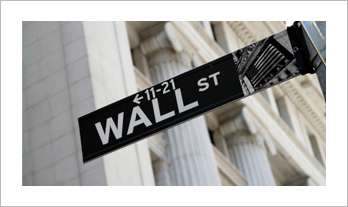One of the consequences of the incredibly low interest rate environment we have today is that it’s harder and harder to make money on any type of savings and fixed-income investments.

Historically, things like bank savings accounts and CDs have not earned returns as high as long-term investments like bonds and stocks.
But even with that being the case, it generally was not hard to earn a reasonable amount of interest on savings. That’s no longer the case. CD rates of less than 1% are common. Interest rates on traditional savings accounts are almost laughable, often a tenth or two of a percent.
$10,000 in savings, $20 in interest
Now I love race cars. In the world of Formula 1, a tenth or two of a second often is all that separates two cars. But to think that one tenth of a percent is the amount of interest you can earn is tough to take.
- Savings accounts. Think about it, $10,000 in a savings account at .2% per year is $20 of interest! And if that’s not bad enough, taxes will likely take a piece of that so you end up with even less.
- Bonds. The same problem is affecting fixed-income investments, such as bonds. Yields, the amount that a bond or bond fund pays out as a dividend, are at historic lows. As yields drop, so does the amount of income earned on bonds or bond funds.
- Alternative investments. Often investors rely on their fixed-income investments to produce income. Because yields have dropped so low a variety of alternative, “bond-like” investments are springing up.
I read an article recently that stated: “Investors are turning to alternative investment products that promise attractive yields, and bond-like funds are at times promoted as having the ability to preserve capital.” (Investment News, “Be leery of ‘bond-like’ claims by investment products,” April 21, 2013).
These “bond-like” investments promise higher yields than traditional fixed-income investments, often touting their safety at the same time.
This is the moment when that light bulb should go on in your head and you should ask how they can be safe and yet provide higher income than traditional fixed-income investments. What is a “bond-like” investment anyway?
Many Wall Street firms are nothing if not great marketers
Their objective is often, not in all cases of course but often, not so much to provide sound investment solutions as to create marketable investments from which they can earn fees. They go by names like floating rate funds, leveraged loan funds, and bank loan funds.
These types of investments may, in fact, provide a higher yield than traditional fixed-income securities. But, they typically do so with more risk. Often that risk is, at worst, hidden. At best, it’s well disguised.
Alternative investments provide investors with exposure to markets and investment strategies that cannot be accessed through traditional fixed-income and equity markets (such as real estate, commodity or natural resources). Investing in these investments is speculative, not suitable for all clients, and intended for experienced and sophisticated investors who are willing to bear the high economic risks of the investments.
It’s wise to remember the old adage, “There’s no such thing as a free lunch.” Certainly, when it comes to yield, there’s not. Keep that in mind if you’re considering such alternative investments.
If you or a family member is considering making adjustments to your portfolio, or you have new goals or life needs, please give me a call for help in considering options that might make sense in light of your wealth management plan.

